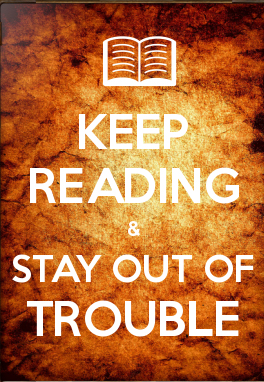Kelly and I went to our first SF community event Wednesday night, a ChiSeries reading featuring Guy Gavriel Kay, E.L. Chen, Jim Munroe and Leon Rooke. The monthly readings are held at The Augusta House, a pub conveniently near our place, and we met a few people I’ve known for years in a cyberspace way (I tend to forget that some of these friends of mine are people I’ve never actually looked in the face.)
One of the night’s unexpected delights was hearing the music of Kari Maaren. She is an amazing filk lyricist (Badger and Fearless, I suspect you will heart her bigtime, if you don’t already). Her The Hitchhiker’s Guide to the Galaxy song, “43,” made me howl with laughter. And there’s this:
We slipped out at about nine-thirty, so very late by our ridiculous up-at-dawn standards, and walked home. It felt as though it might have been the first time–in almost a month!–that we’ve been out after dark. The pubs were just getting lively, filling up with crowds of people keen to watch hockey and socialize.
It was a warm and humid night, full of sights and cheer, an altogether magical walk.




